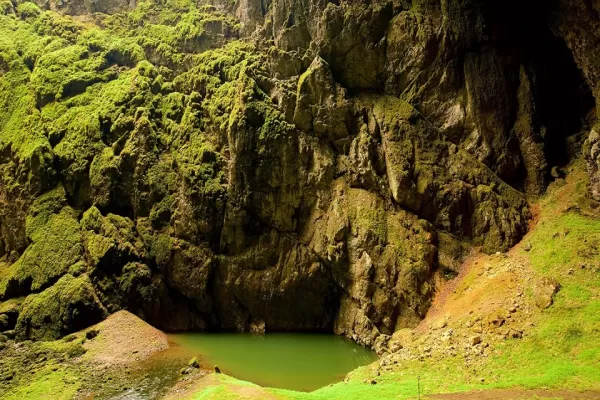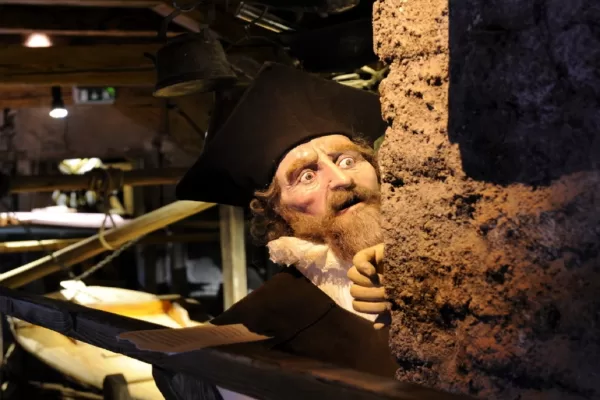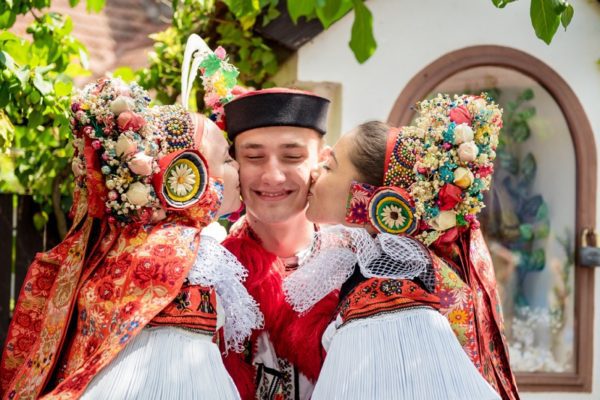The atelier of one of the most famous sculptors of the first half of the last century stands in the steep hillside between Vinohrady and Vršovice.
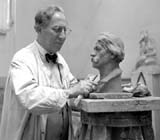
Ladislav Šaloun set up studio here after winning the order for the master Jan Hus monument, intended for Old Town Square, because his then studio in the Melantrich building on Wenceslas Square was not big enough. It was a meeting place for the Czech intelligentsia.
This extraordinary facade is the entrance to an even more extraordinary modernist villa built between 1908 and 1911 by Ladislav Šaloun (1870-1946), the Czech sculptor whose main claim to fame is the enormous memorial to Jan Hus in Prague’s Old Town Square.
He also created the bust for Dvořák’s grave in the Vyšehrad cemetery due west of Vršovice.
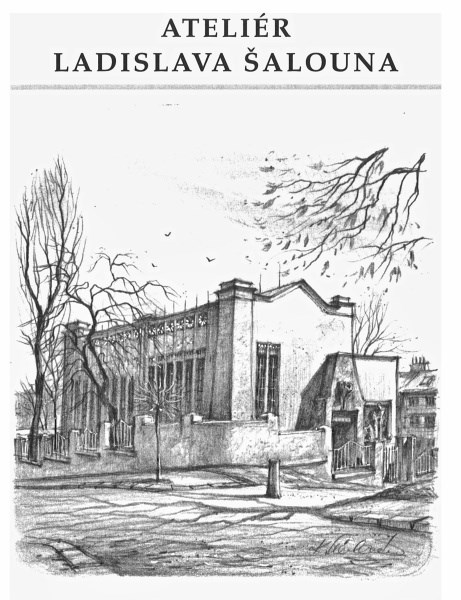
The ‘Šalounova Vila’ is close to the home of the Čapek brothers, who were visitors here, as were other Czechs of international renown, such as the virtuoso violinist Jan Kubelík and his son the conductor Rafael Kubelík, along with the leading painter of the Art Nouveau movement, Alfons Mucha. Other notables included his friends, and Alois Jirásek, Karel Čapek, Ema Destinnová, František Bílek, Otokar Březina, and Josef Váchal.
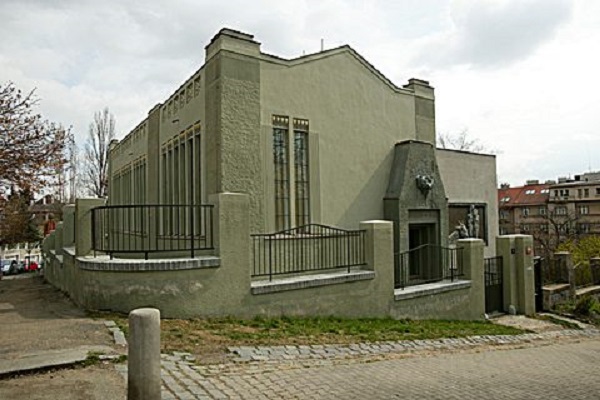
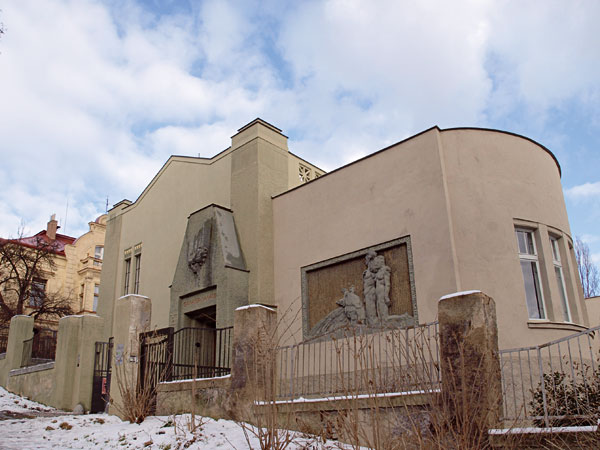
All played a significant part in the artistic flowering which took place in Prague in the early part of the 20th century.
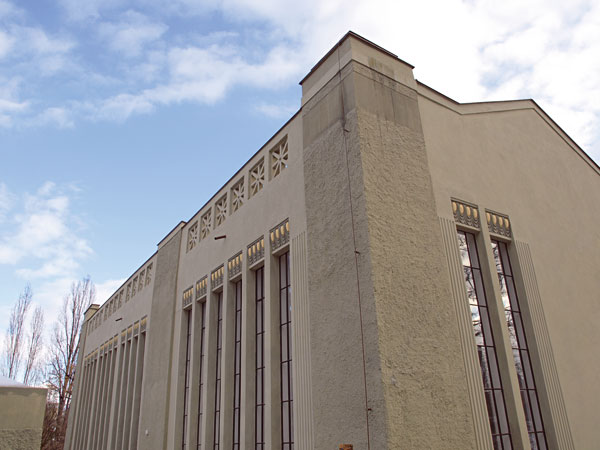
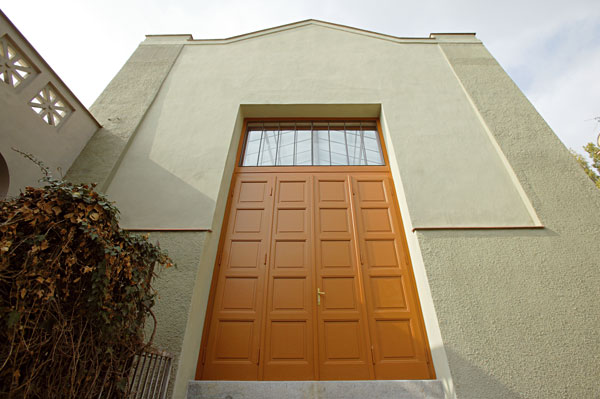
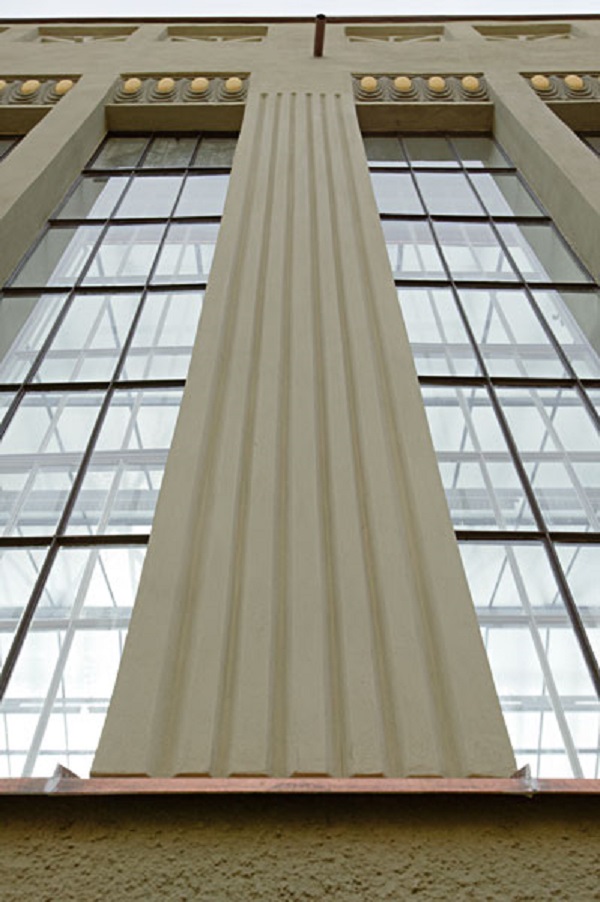
The Art Nouveau studio was built between 1908 and 1910 and was part of an annex with a manor house – but this part was destroyed during the bombing at the end of the war and was not renewed later.
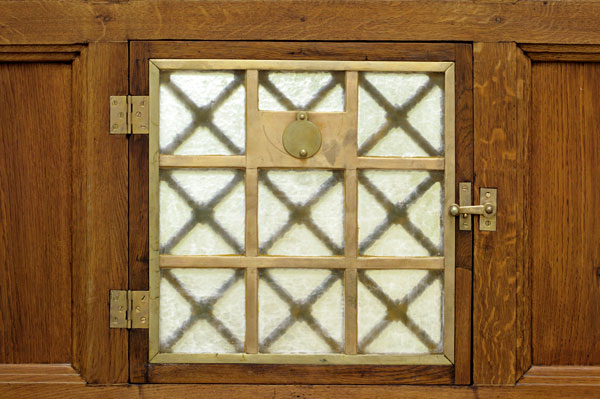
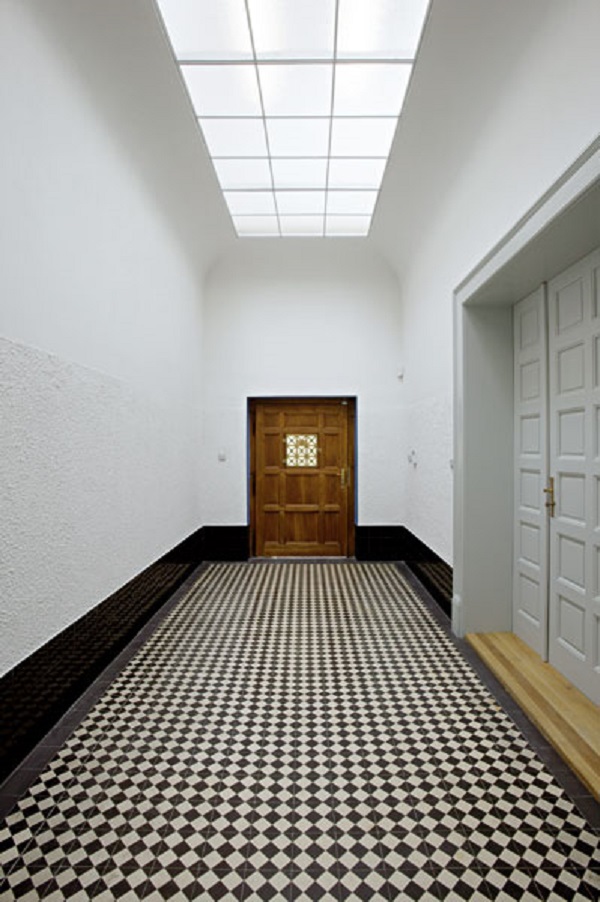
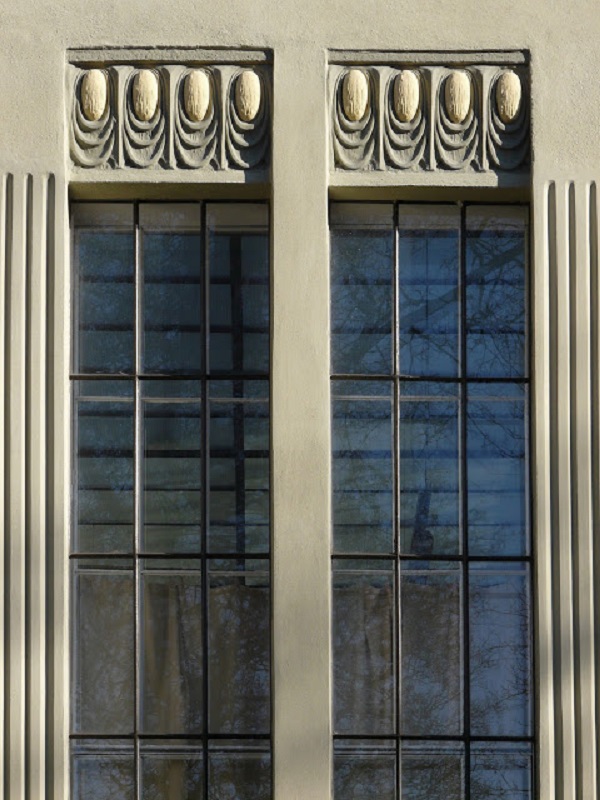
In the basement, Salon was supposed to hold such fashionable occult sessions at that time.
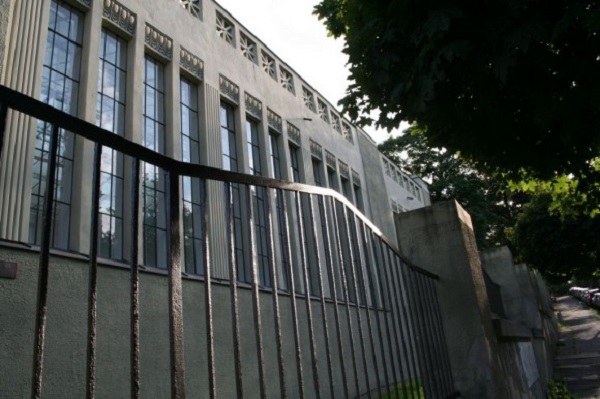
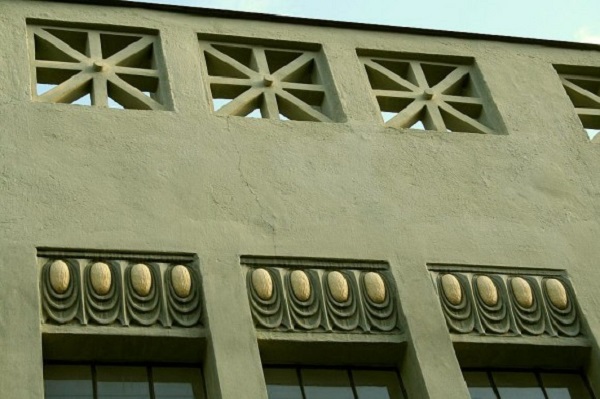
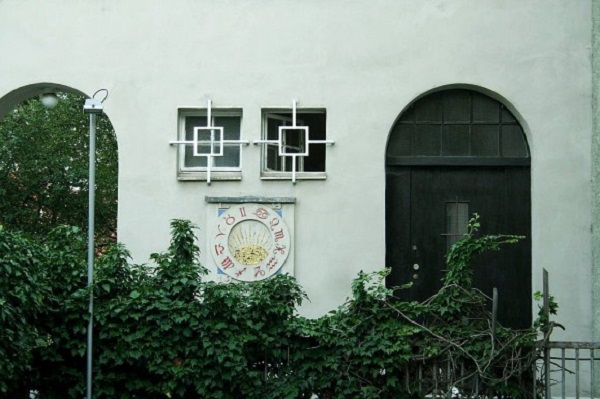
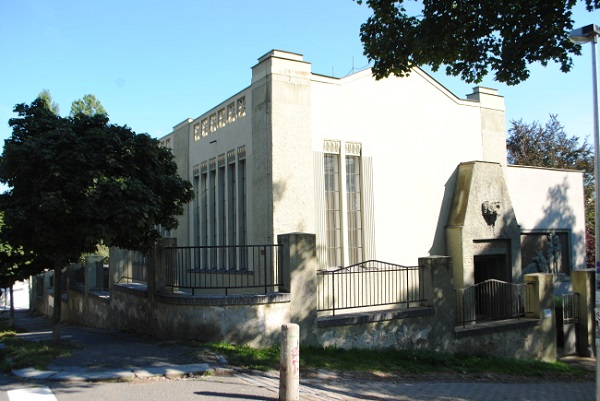
Šaloun’s son-in-law, architect Josef Černý, built the living quarters in 1934 – they have been preserved today and are not publicly accessible.
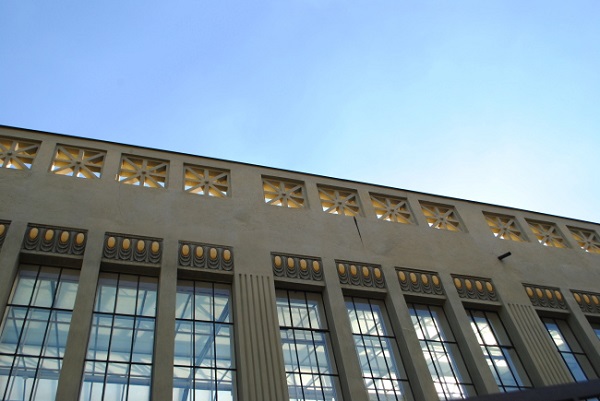
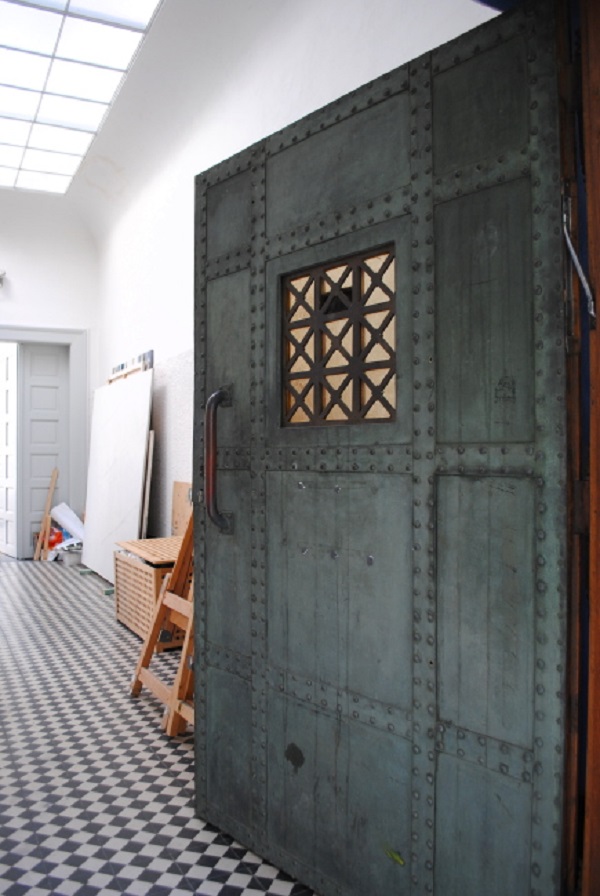
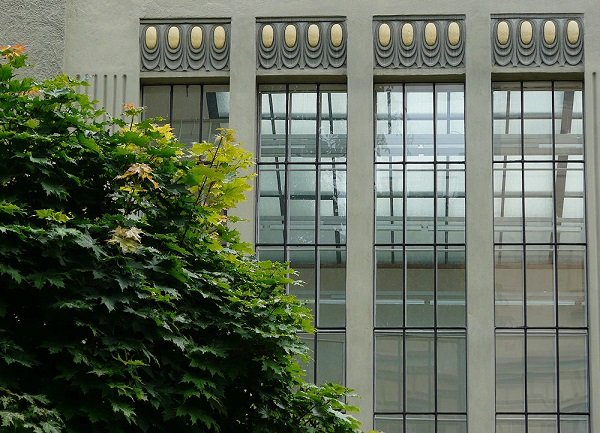
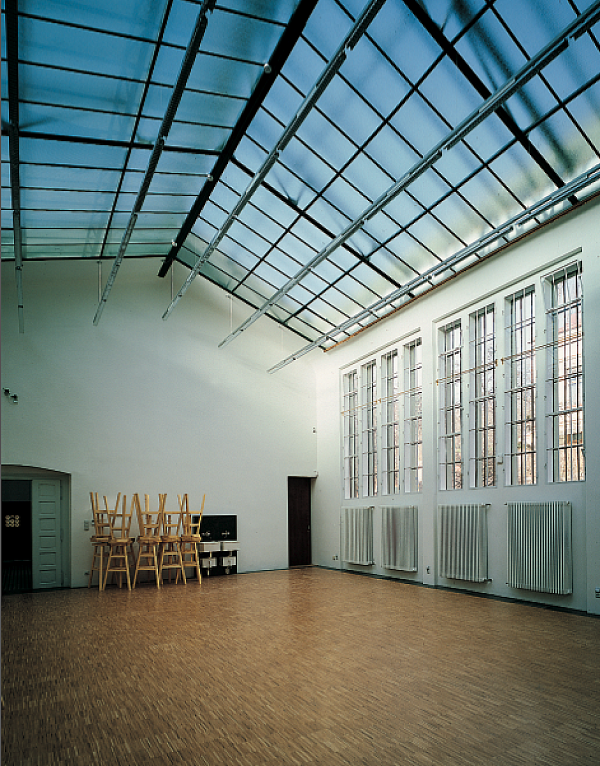
The inscription ‘The Sea! the Sea!’ refers to the words uttered by Xenophon’s battle-weary ten thousand when, on their retreat from Persia, they finally glimpsed the shores of the Black Sea.
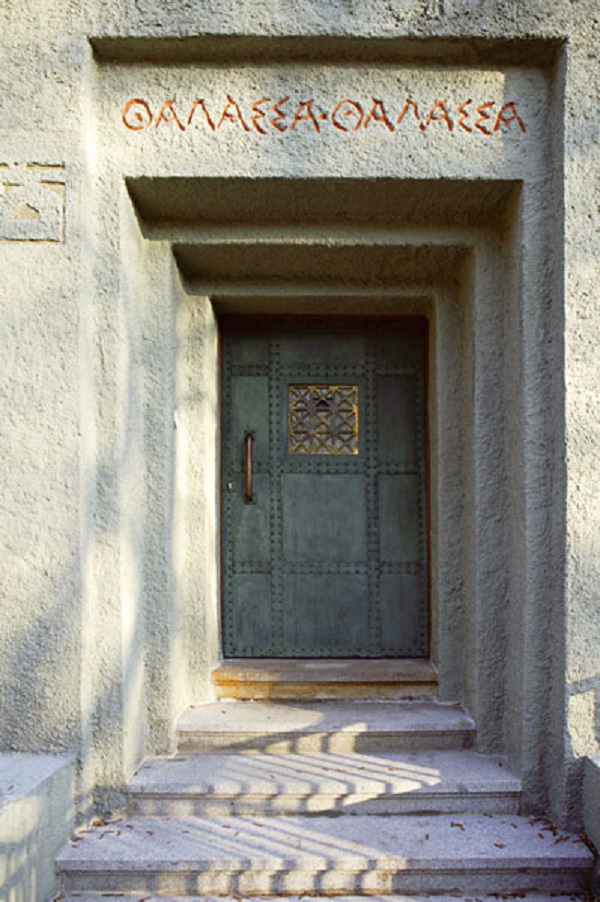
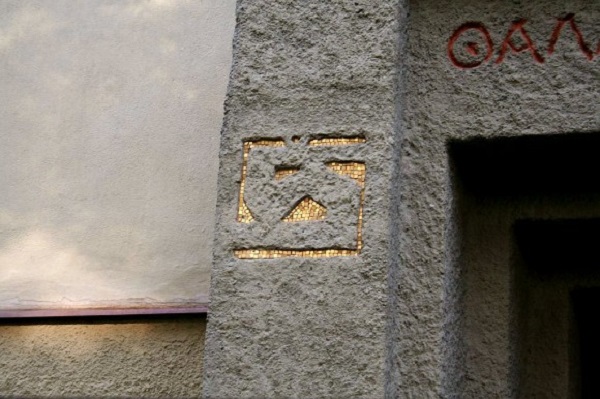
What relevance the quotation had for Šaloun I don’t know, though I guess most Czechs are relieved to see the sea at some time in their lives.
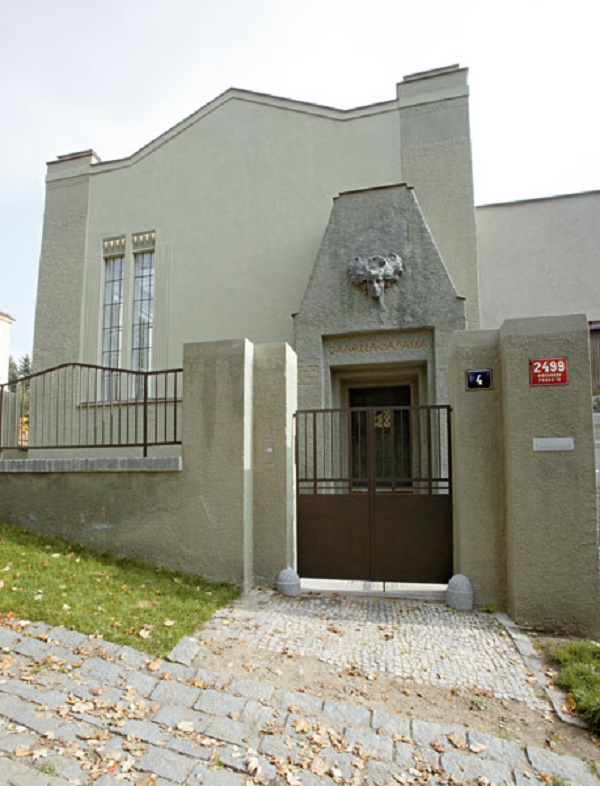
But whose is the mask-like head surmounting it all?
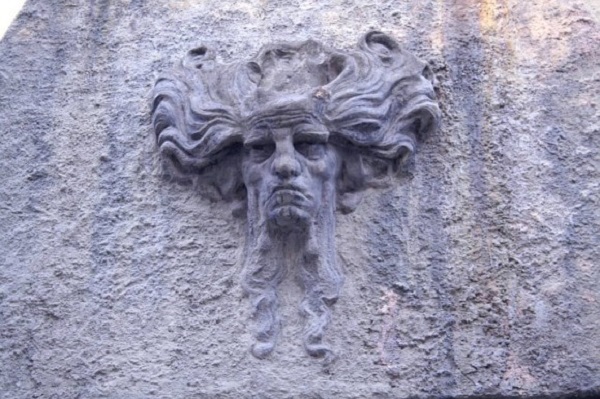
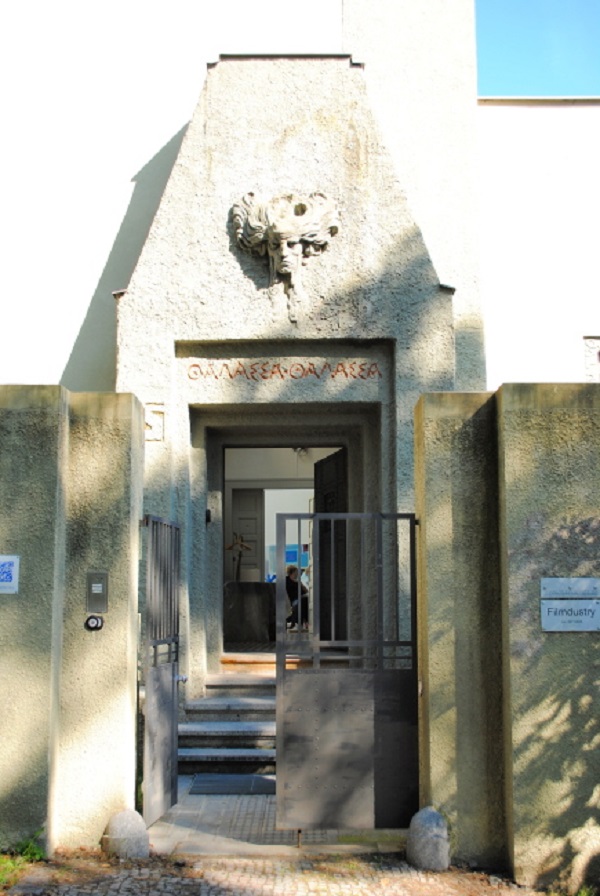
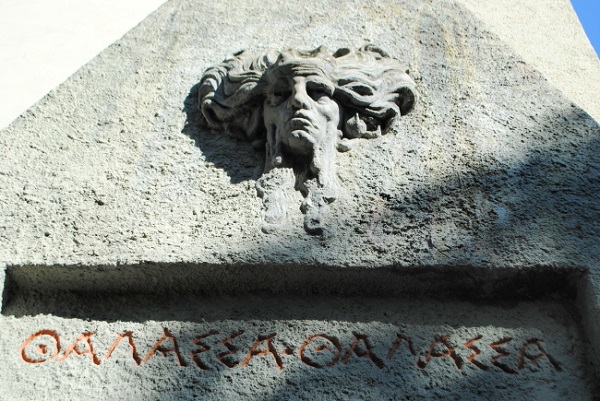
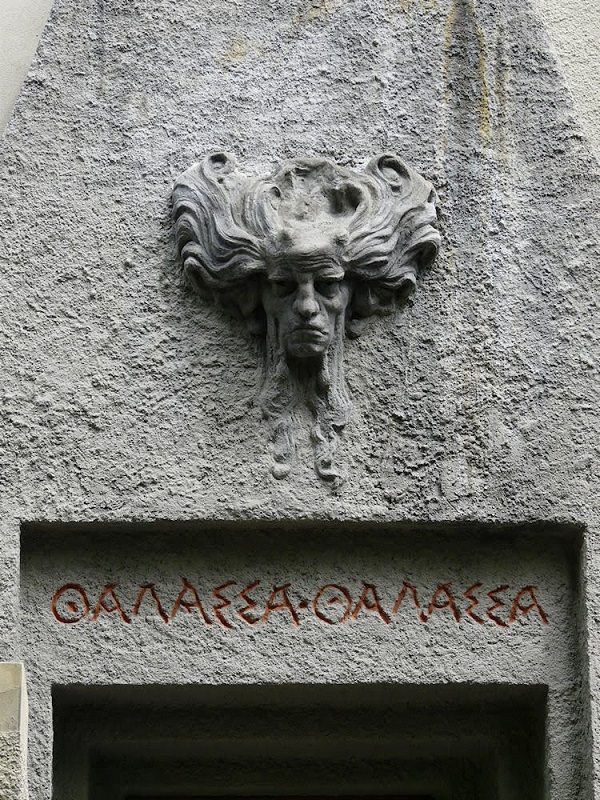
Perhaps the waves of the hair are those of a presiding Poseidon – or could the grim features have something to do with the the story recounted by the writer Josef Vachal – that occult séances once took place in the cellar of the villa?
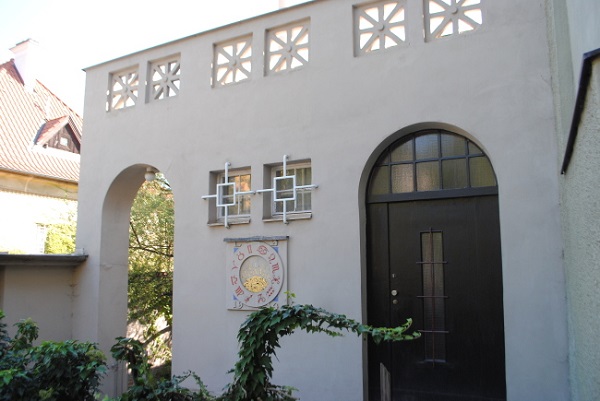
Another inscription on the villa is a verse by Saloun’s friend Otokar Brezina who also suggested the villa’s wall relief entitled “Greeting to the Sun”.
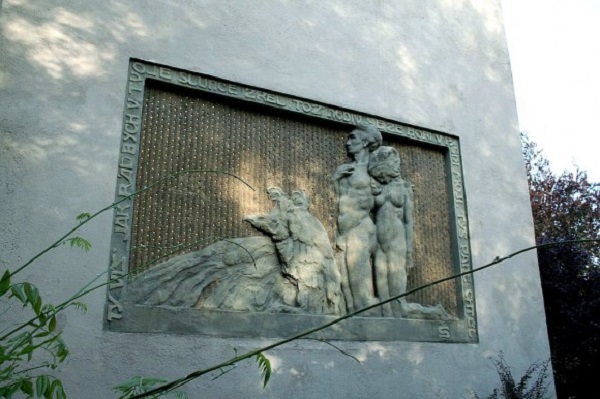
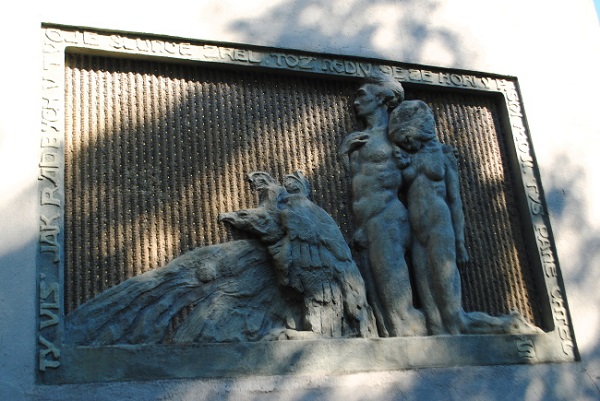
There is another design which is based on the sign’s of the zodiac.
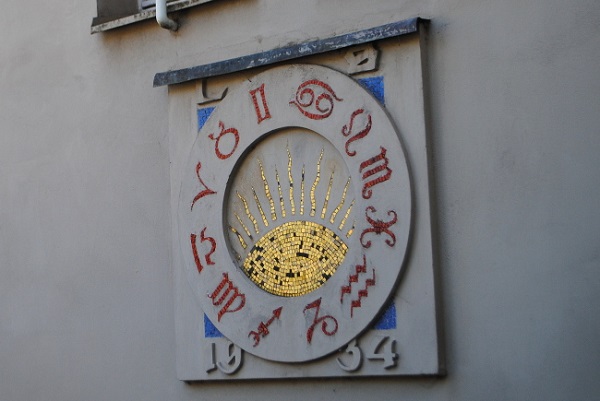
Since 1958 the studio has been a cultural monument. It was exhibited in Šaloun’s sculptures, and later, in the 1980s, the chairman of the Jan Hana Union of Fine Artists, who allegedly damaged the studio with unprofessional construction interventions (and after he had to emigrate forced to leave, Klement Gottwald).
The studio then collapsed so that when the Academy of Fine Arts bought it in 2001, it needed a complete a complete reconstruction.
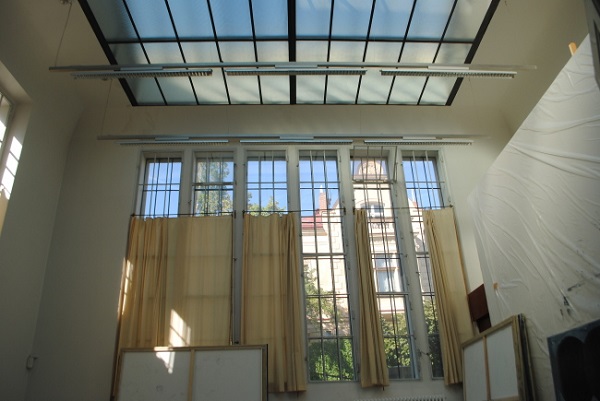
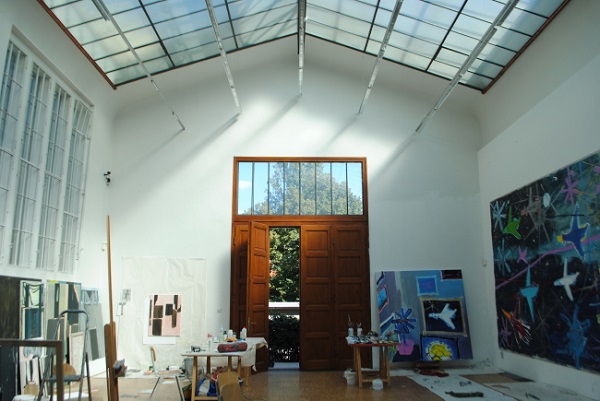
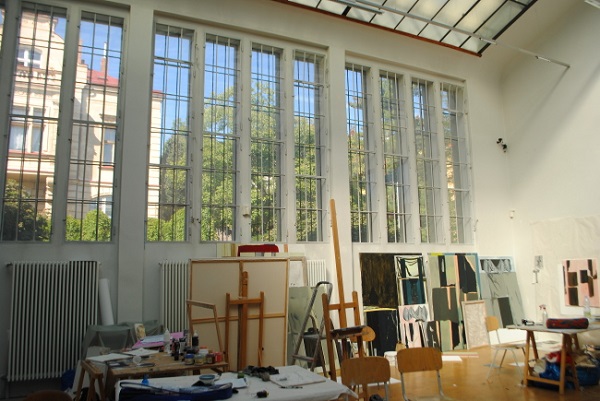
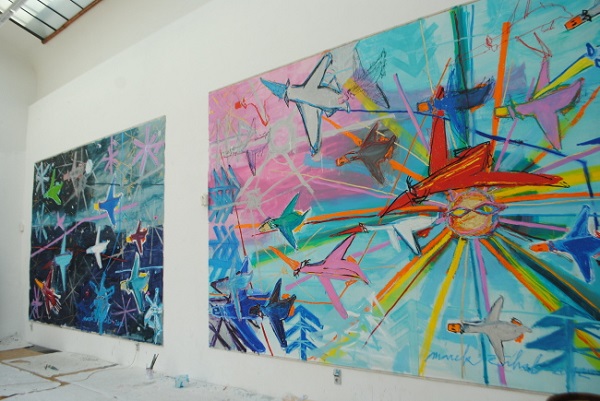
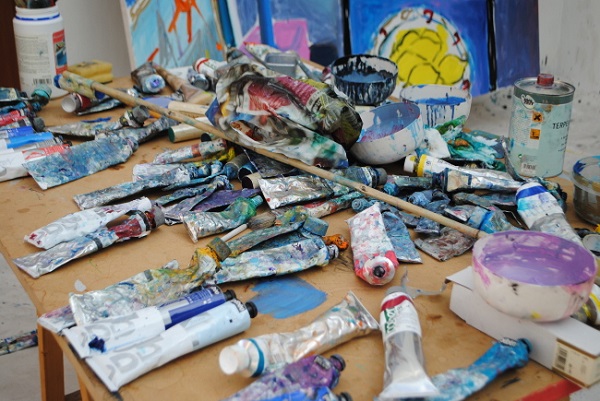
The villa is now used as a teaching space for guest professors of the AVU (Academy of Fine Arts). Make sure to stop by the next time you are in Prague.
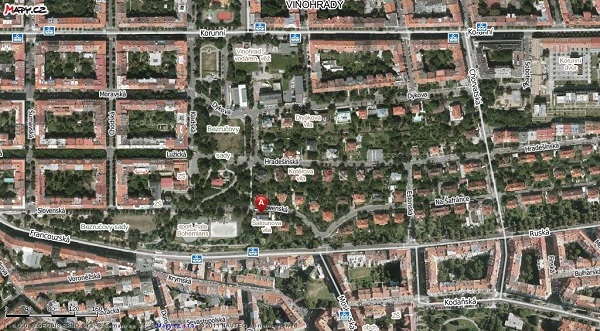
If you have not already subscribed to get TresBohemes.com delivered to your inbox, please use the form below now so you never miss another post.
Remember, we rely solely on your donations to keep the project going.
Become a friend and get our lovely Czech postcard pack.


